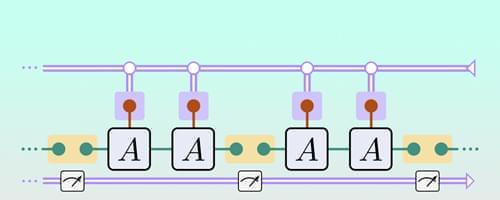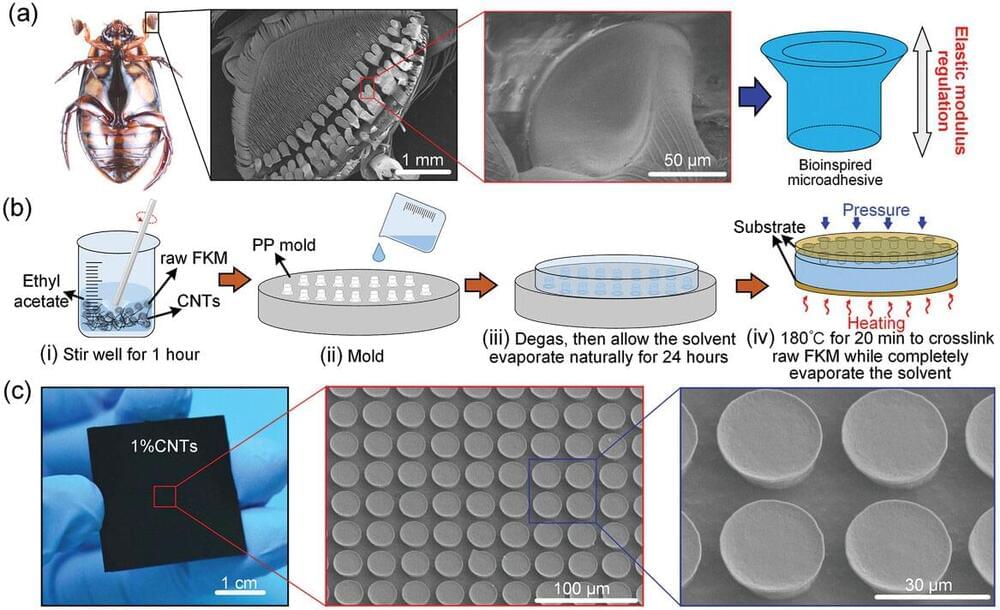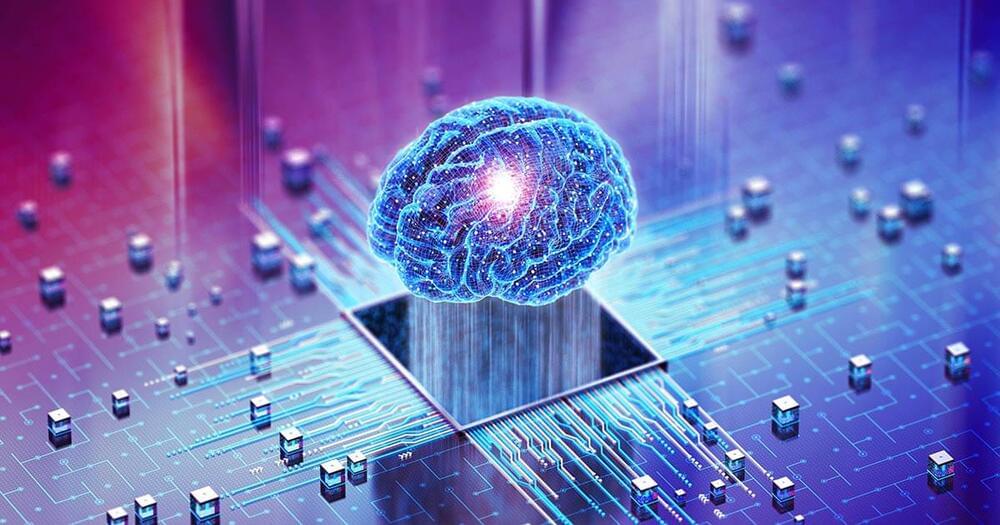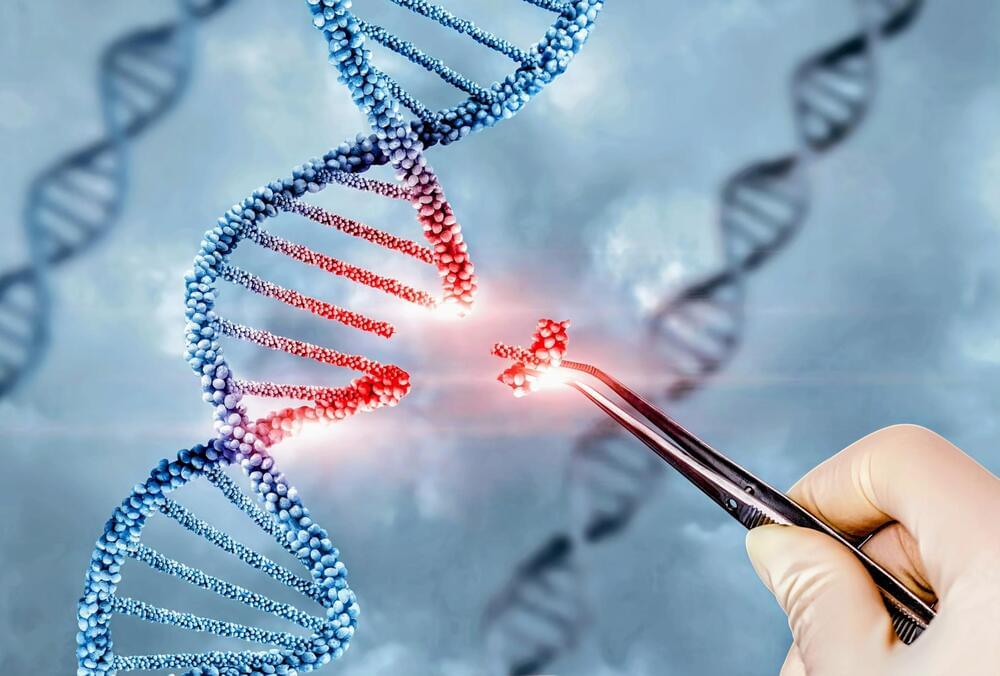A new method for preparing certain states on a quantum computer is predicted to take the same time regardless of the system size.



During the worst days of the COVID-19 pandemic, many of us became accustomed to news reports on the reproduction number R, which is the average number of cases arising from a single infected case. If we were told that R was much greater than 1, that meant the number of infections was growing rapidly, and interventions (such as social distancing and lockdowns) were necessary. But if R was near to 1, then the disease was deemed to be under control and some relaxation of restrictions could be warranted. New mathematical modeling by Kris Parag from Imperial College London shows limitations to using R or a related growth rate parameter for assessing the “controllability” of an epidemic [1]. As an alternative strategy, Parag suggests a framework based on treating an epidemic as a positive feedback loop. The model produces two new controllability parameters that describe how far a disease outbreak is from a stable condition, which is one with feedback that doesn’t lead to growth.
Parag’s starting point is the classical mathematical description of how an epidemic evolves in time in terms of the reproduction number R. This approach is called the renewal model and has been widely used for infectious diseases such as COVID-19, SARS, influenza, Ebola, and measles. In this model, new infections are determined by past infections through a mathematical function called the generation-time distribution, which describes how long it takes for someone to infect someone else. Parag departs from this traditional approach by using a kind of Fourier transform, called a Laplace transform, to convert the generation-time distribution into periodic functions that define the number of the infections. The Laplace transform is commonly adopted in control theory, a field of engineering that deals with the control of machines and other dynamical systems by treating them as feedback loops.
The first outcome of applying the Laplace transform to epidemic systems is that it defines a so-called transfer function that maps input cases (such as infected travelers) onto output infections by means of a closed feedback loop. Control measures (such as quarantines and mask requirements) aim to disrupt this loop by acting as a kind of “friction” force. The framework yields two new parameters that naturally describe the controllability of the system: the gain margin and the delay margin. The gain margin quantifies how much infections must be scaled by interventions to stabilize the epidemic (where stability is defined by R = 1). The delay margin is related to how long one can wait to implement an intervention. If, for example, the gain margin is 2 and the delay margin is 7 days, then the epidemic is stable provided that the number of infections doesn’t double and that control measures are applied within a week.

How an alga synchronizes its two flapping cilia to propel itself is revealed in a tabletop experiment with chains of mobile robots.
The freshwater alga Chlamydomonas reinhardtii swims by flapping its two cilia in a motion akin to the breaststroke. Unlike a human, C. reinhardtii lacks a brain to coordinate its limbs. The synchronization is automatic. To uncover its origin, Mingcheng Yang of the Institute of Physics of the Chinese Academy of Sciences and his collaborators built mechanical algae whose cilia are made of chains of cockroach-sized toy robots [1]. By adjusting the cilia’s flapping frequency and other parameters, the researchers reproduced the alga’s swimming gaits and identified the conditions that favor them.
Yang’s mechanical algae each consists of a puck-like base, on the sides of which are attached two chains of four robots. Each robot’s underside bristles with elastic hairs set at an angle. When a mechanical alga is placed on a tabletop and an internal electric motor is switched on, each bristly robot vibrates vertically. On the upstroke, the hairs push the robot toward the base, setting up the possibility that the chains could buckle.


Break it down: How AI can learn from the brain.
In a recent paper titled “A sensory-motor theory of the neocortex” published in the journal Nature Neuroscience, Rao posited that the brain uses active predictive coding (APC) to understand the world and break down complicated problems into simpler…
When you reach out to pet a dog, you expect it to feel soft. If it doesn’t feel like how you expect, your brain uses that feedback to inform your next action — maybe you pull your hand away. Previous models of how the brain works have typically separated perception and action. For Allen School professor Rajesh Rao, those two processes are closely intertwined, and their relationship can be mapped using a computational algorithm.
“This flips the traditional paradigm of perception occurring before action,” said Rao, the Cherng Jia and Elizabeth Yun Hwang Professor in the Allen School and University of Washington Department of Electrical & Computer Engineering and co-director of the Center for Neurotechnology.

A new study led by Rice University’s Qimiao Si has unveiled a new class of quantum critical metal, shedding light on the intricate interactions of electrons within quantum materials. Published in Physical Review Letters on Sept. 6, the research explores the effects of Kondo coupling and chiral spin liquids within specific lattice structures.

UC Merced researchers have found that the protein OTUD6 can alter protein production in cells, potentially affecting lifespan and cancer, with future research aimed at exploiting this for therapeutic benefits.
Researchers at UC Merced used fruit flies to uncover a cellular process shared by many organisms, which could significantly advance the understanding of cancer and aging.
Department of Molecular and Cell Biology Professor Fred Wolf, then-graduate student Sammy Villa, and Genentech Vice President and Senior Fellow in Physiological Chemistry and Research Biology Vishva Dixit, discovered a mechanism that cells use to tune how much protein they make through the process of translating RNA into protein.


Ten years ago, researchers succeeded in suppressing sound wave propagation in the backward direction; however, this also attenuated the waves traveling forwards.
A team of researchers at ETH Zurich led by Nicolas Noiray, professor for Combustion, Acoustics and Flow Physics, in collaboration with Romain Fleury at EPFL, has now developed a method for preventing sound waves from traveling backward without deteriorating their propagation in the forward direction.
In the future, this method, which has recently been published in Nature Communications, could also be applied to electromagnetic waves.
